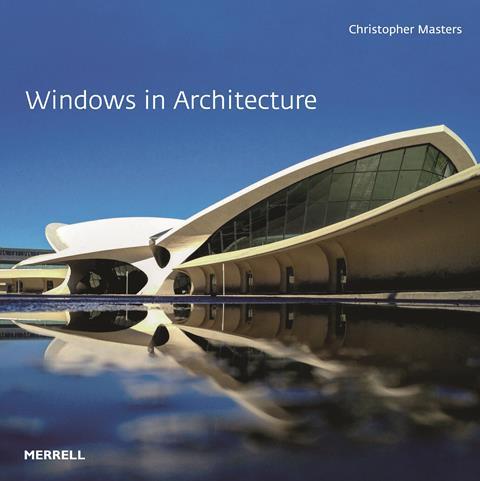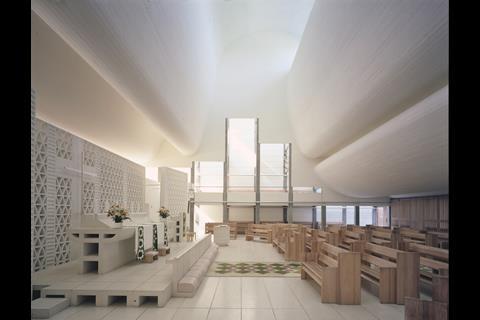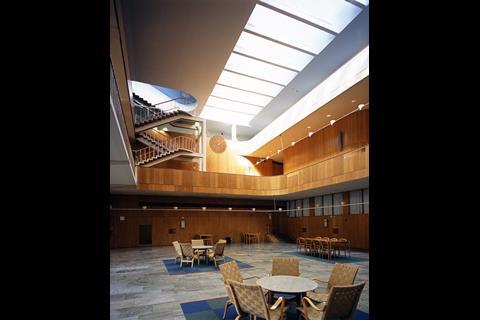Tony McIntyre enjoys a new publication from Merrell

This is an attractive book with an engaging introduction. Despite the title, what we are really talking about – apart from the Pantheon with its open oculus – is glazing.
Following the intro are six chapters, from Reading a Building by its Elements to Walls of Glass and Sky Light. Each is given a short introduction of its own, but the meat of the book consists of two-page spreads of rather special bits of architecture.
To architects, the great majority of these buildings will be familiar: Palladio’s Villa Capra, Corb’s Villa Savoye, Soane’s Museum, Wright’s Guggenheim in New York. Maybe it’s enough to enjoy the undoubtedly fine photography.
The extended captions that accompany each double page spread sometimes run out of things to say about windows (there is a limit…) and stray off course to discuss broader architectural issues. This no bad thing, and I imagine will be useful to a lay readership.
I would personally have preferred fewer buildings, and those few to be discussed in greater detail, with more information about the technical issues involved. For example, the aesthetics of the Bauhaus buildings in Dessau by Gropius are discussed in relation to the workshops, but I recall visiting this complex some years ago and being astonished by a single sheet of glass in a first floor office, of some four by three metres in size. I’d like to have been told about the technology of the mid-1920s that made this possible.
Picking a few bones: if we do have the Pantheon, an unglazed window, could we not have had something by James Turrell? And for French church stained glass we get Saint-Denis, Notre Dame, Sainte-Chapelle and Chartres, all undoubtedly stunning but which could all be said to be in a similar vein.
Could one of these have made way for August Perret’s astonishing Notre Dame de Raincy, near Paris, with it’s beautiful stained glass by Marguerite Huré and Maurice Denis? An opportunity for a discussion of stained glass production in the 20th century perhaps. (The former invented and patented a way of inserting stained glass into concrete, the so-called “brique Huré” technique.)
I would also have liked some examples of alternatives to glass – San Vitale or the tomb of Galla Placidia in Ravenna, with their haunting alabaster “glazing”. But given the book’s limitations, it presents an interesting panorama of world architecture from a particular, and particularly interesting, point of view.
Postscript
Windows in Architecture, by Christopher Masters is published by Merrell Publishers




















No comments yet